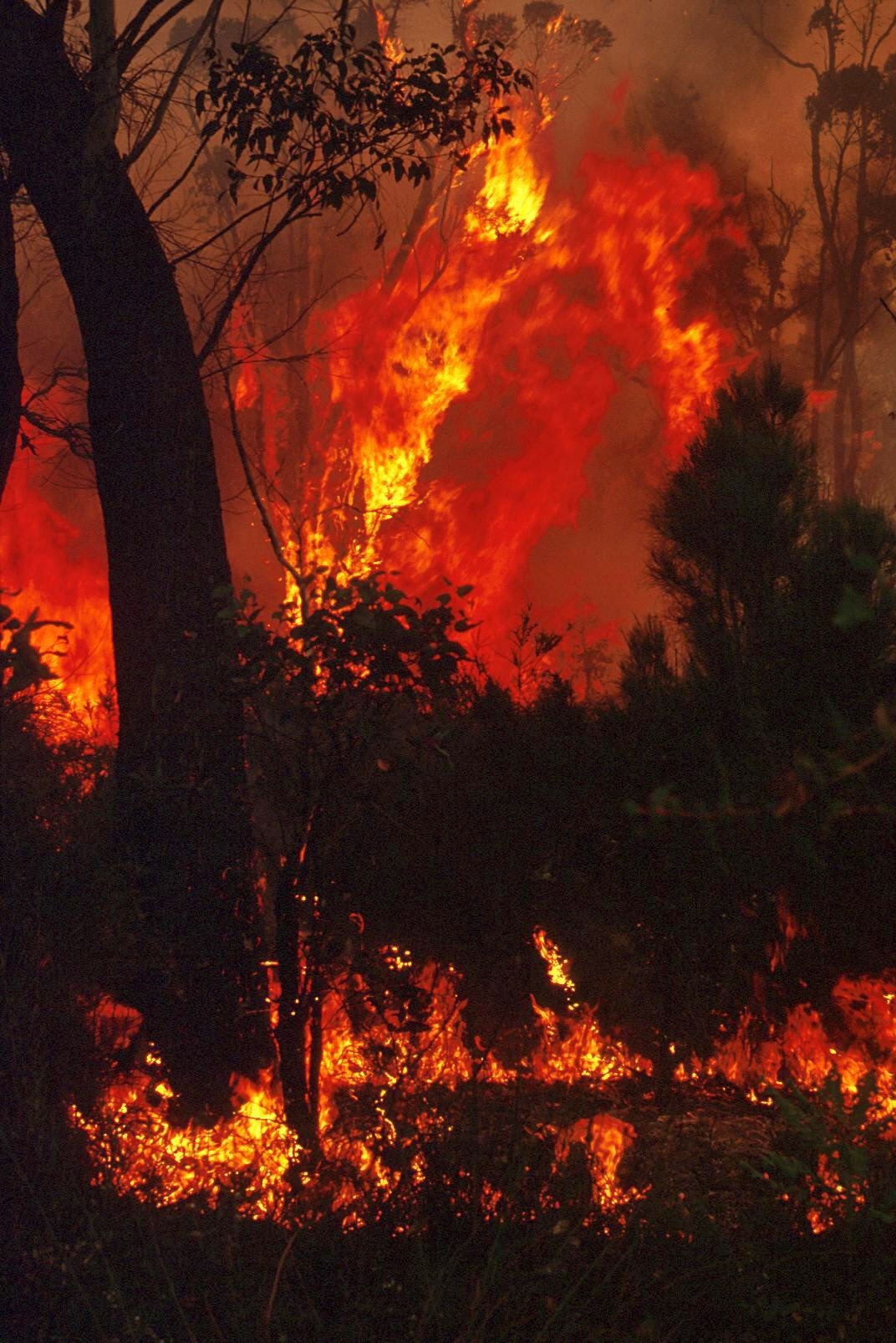Extreme fire weather days have increased in Australia by 56 per cent over the last four decades, according to new research from an international team of scientists, including CSIRO, Australia’s national science agency.
 Australia Is Seeing an Increase in Fire Weather Events and Extreme Fire Days. Image Credit: CSIRO
Australia Is Seeing an Increase in Fire Weather Events and Extreme Fire Days. Image Credit: CSIRO
The results, published today, shows that the fire season length across Australia has increased by 27 additional days over the last 41 years (1979-2019).
CSIRO researcher, Dr Pep Canadell, said an increase in fire weather trends translated to an increase in the number of Australian bushfires.
“Australia has always experienced extreme bushfires, but the Black Summer of 2019/2020 highlighted an increasing trend in fire activity,” Dr Canadell said.
“These new findings show that the whole of Australia has seen an increase in extreme fire weather events and extreme fire days over the last four decades.”
While the Australian fire season has increased by 20 per cent over the last 40 years, globally, the average increase was found to be 27 per cent. The frequency of days with extreme fire weather globally averaged a 54 per cent increase over the same 40-year period, compared to Australia’s increase of 56 per cent.
The length of the fire season increases has been particularly pronounced in western North America, Amazonia and the Mediterranean.
“Fire weather has risen significantly in most regions around the world since the 1980s, primarily due to the impacts of climate change,” Dr Canadell said.
“Australia’s highly variable fire weather conditions contribute to annual variability in fire activity, however, we are seeing over time a clear increase in the fire season and fire weather trend. Long-term climate change is driving the increasing trends.
“Our study demonstrates the importance of understanding how trends in fire weather can help first responders, policy makers, and the community better prepare for, and respond to bushfires. It also highlights the importance of curbing global carbon emissions.”
Under future climate change scenarios, an increase in global mean temperatures from 1.5C to 4C by 2100 could result in the fire season length extending from 11 to 36 additional days (11% to 37%) compared to current conditions.
The article, published today in the journal Reviews of Geophysics, involved scientists from UEA, Swansea University, the University of Exeter and Met Office in the UK and builds on research released in November last year that combined analysis of previous forest fire sites with eight drivers of fire activity including climate, fuel accumulation, ignition and management (prescribed burning).
CSIRO has a long history of bushfire research delivering science and technologies to reduce the impact of fire on Australia’s people, environment and economy as well as informing long term planning to build the social, economic and environmental resilience.
This research received funding from the Australian National Environmental Science Program - Climate Systems Hub.
Also published by Dr Pep Canadell today: Global patterns of daily CO2 emissions reductions in the first year of COVID-19